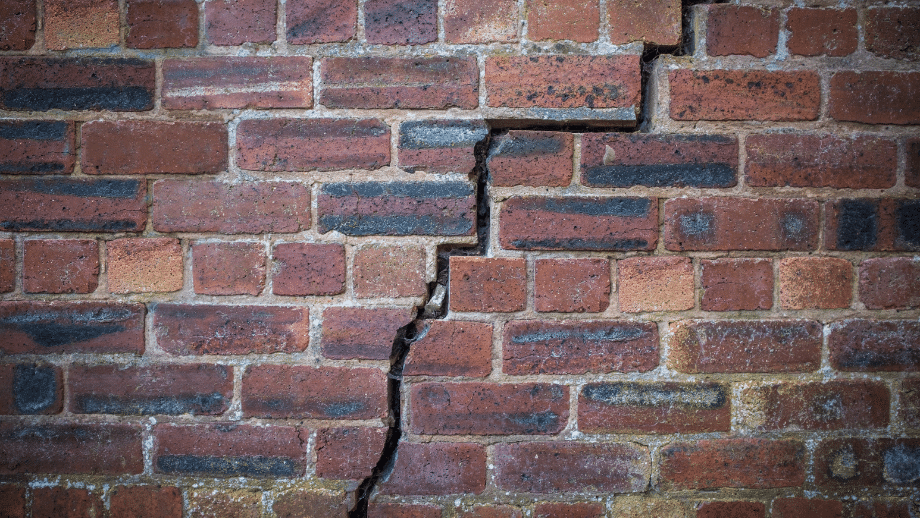Property Red Flags – 5 Things That Could Affect Your Home Insurance

Moving into a new home is an exciting milestone in our lives. No matter your situation, there’s always a lot to consider, and it can be a stressful time.
I’m David Joyson, Chief Customer Officer at Homeprotect. I want to help you spot the five potential property red flags that could impact your home insurance, and how you can address them to protect your new home before any issues arise.
Signs of Subsidence
Subsidence is where the ground beneath a building sinks and can cause potentially dangerous structural issues. This is especially prevalent in areas like London where homes are built on clay soil. Over time (and after long, hot summers), the risk of subsidence increases, which can cause cracks in walls, sticky doors, and uneven flooring.
For more information on the causes, signs, ways to fix, and ways to prevent subsidence, check out our comprehensive Subsidence Guide.
So, what are the signs to look out for? If you’re seeing diagonal cracks wider than 3mm (millimeters) or dips in your floor, take swift action. A qualified surveyor can help diagnose the issue. Any subsidence should be reported to your insurer immediately. If your property has a history of subsidence, you may need specialist subsidence insurance.
Bamboo and Knotweed
Bamboo might be an environmentally friendly choice for your garden, but it can cause more trouble than you’d initially expect for your home insurance. Not only is bamboo fencing prone to damage (which can make your property less secure), but bamboo plants can grow rapidly, potentially causing damage to your foundation or pipes.
Japanese knotweed is an invasive species that can wreak havoc on your property’s structure and drainage. If you discover knotweed on your property, professional removal is usually the way to go to prevent future damage and often costly repairs.
When buying a new property, always check for signs of these invasive plants and notify your insurer if they are found.
For more information, following the UK Government guide on how to stop Japanese knotweed from spreading.
Poor Plumbing
Bad plumbing can lead to water leaks, which are both inconvenient and can also result in expensive repairs and potentially higher insurance premiums if you need to make a claim. Before you settle into your new home, inspect the plumbing, especially around sinks and bathrooms.
Always hire a professional to fix any problems that arise, as DIY repairs could void any future claims.
Sometimes these situations are unexpected and unavoidable, so that’s why all Homeprotect policies include our Basic Home Emergency Cover as standard, which includes assistance for plumbing and drainage incidents.
Garden Office Risks
Due to the increase of remote and hybrid working, many people have converted their garden cabins into offices or studios. If you are about to buy a property with an outbuilding, it’s important to make sure your insurance covers any valuables that will be stored in there – this includes expensive electronics, gym equipment, and even bicycles. We include £20,000 buildings cover for outbuildings and £1,500 cover for contents in outbuildings as standard, but both limits can be increased as needed.
If you run a business from home, you may need Home Business Insurance. Read your policy carefully to see if security upgrades (e.g. lock specifications or security cameras) are needed to protect your equipment and keep your policy valid.
Buildings and Contents Sum Insured
A common mistake that homeowners make when taking out home insurance is underestimating the amount it would cost to fully rebuild the property (buildings insurance), and/or replace all personal belongings (contents insurance).
Use the BCIS Rebuild Calculator to accurately estimate rebuild costs, and make sure your contents insurance is up-to-date when new high-value items (e.g. furniture, electronics) are brought into the property. If you get a quote with us, we’ll provide an estimate based on BCIS.

